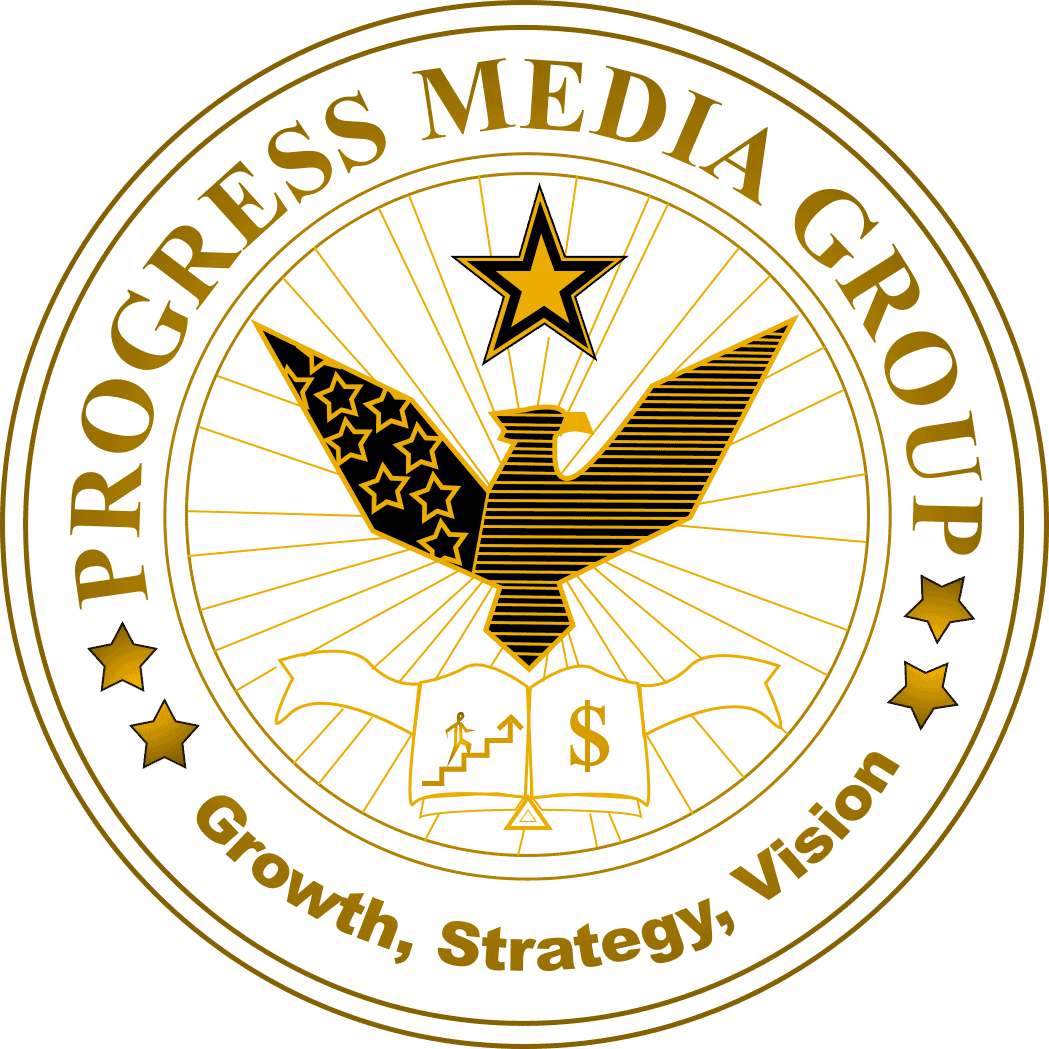Unleashing the Power of Analytics for an Effective Social Media Strategy
In today’s digitally-driven world, social media has become an integral part of our lives. Whether it’s connecting with friends and family, shopping for the latest trends, or staying updated with current events, social media platforms have revolutionized the way we interact and engage. But in this vast landscape of tweets, posts, and hashtags, how can businesses stand out from the noise and truly make an impact? Enter analytics – the secret weapon that can unlock the power of social media and take your strategy to new heights. Imagine being able to understand your audience’s preferences, behaviors, and desires with pinpoint accuracy. Picture having access to real-time data that reveals which content resonates the most, which platforms are driving the most engagement, and even the best times to post. With analytics, all this and more is possible, empowering you to make informed decisions that will drive results. Gone are the days of blindly throwing content into the digital abyss and hoping for the best. By utilizing analytics to inform your social media strategy, you can strategically target your audience, tailor your content to their needs, and maximize your impact. In this blog post, we will explore the power of analytics and how it can revolutionize your social media strategy. So buckle up, get ready to dive into the world of data-driven decision making, and unleash the full potential of your brand on social media.
Understanding the Role of Analytics in Social Media Strategy
In order to fully harness the power of analytics for an effective social media strategy, it is important to first understand its role. Analytics provides valuable insights into the performance and impact of your social media efforts. It allows you to measure key metrics, track audience behavior, and make data-driven decisions that will drive results.
By analyzing data from various social media platforms, you can gain a deeper understanding of your audience demographics, interests, and preferences. This information is crucial for developing targeted content that resonates with your audience and drives engagement. Analytics also helps you identify which platforms are most effective in reaching your target audience, allowing you to allocate resources accordingly.
Furthermore, analytics enables you to monitor the success of your social media campaigns in real-time. You can track metrics such as reach, impressions, engagement rate, click-through rate, and conversions. This data not only helps you measure the effectiveness of your campaigns but also provides insights into areas for improvement.
Key Metrics to Track for Social Media Success
When it comes to measuring social media success, there are several key metrics that you should track:
- Reach: The number of unique users who have seen your content.
- Impressions: The total number of times your content has been displayed.
- Engagement Rate: The percentage of people who have interacted with your content (likes, comments, shares).
- Click-Through Rate (CTR): The percentage of people who clicked on a link or call-to-action in your post.
- Conversions: The number of users who completed a desired action, such as making a purchase or signing up for a newsletter.
By regularly monitoring these metrics, you can gauge the success of your social media efforts and make data-driven decisions to optimize your strategy.
Utilizing Social Media Analytics Tools
In order to effectively utilize analytics for your social media strategy, it is important to leverage the right tools. There are numerous social media analytics tools available that can provide you with valuable insights and data. Some popular options include:
- Google Analytics: This free tool allows you to track website traffic from social media platforms, measure conversions, and gain insights into user behavior.
- Sprout Social: A comprehensive social media management platform that offers in-depth analytics, audience demographics, and engagement metrics.
- Hootsuite: Another popular social media management tool that provides analytics on engagement, reach, and audience demographics.
- Buffer: A scheduling tool that also offers basic analytics on post performance and engagement.
These tools can help you track key metrics, analyze audience behavior, and make data-driven decisions to optimize your social media strategy.
Analyzing Audience Insights for Effective Targeting
One of the most powerful aspects of utilizing analytics in your social media strategy is the ability to analyze audience insights. By understanding your target audience’s preferences, behaviors, and desires, you can tailor your content to their needs and maximize engagement.
Analytics can provide valuable information about your audience demographics such as age, gender, location, interests, and online behavior. Armed with this knowledge, you can create targeted campaigns that resonate with specific segments of your audience. For example, if you discover that a significant portion of your audience is interested in fitness, you can create content that caters to their fitness goals and interests.
Additionally, analytics can help you identify trends and patterns in audience behavior. You can track which types of content receive the most engagement, which platforms drive the most traffic, and even the best times to post for maximum reach. This information allows you to optimize your content strategy and ensure that your message reaches the right people at the right time.
Leveraging Data to Tailor Content for Maximum Engagement
Once you have analyzed audience insights, it’s time to leverage that data to tailor your content for maximum engagement. By understanding what resonates with your audience, you can create compelling and relevant content that drives likes, comments, shares, and ultimately conversions.
Analytics can provide insights into which types of content perform best on each social media platform. For example, you may find that videos receive higher engagement on Facebook while images perform better on Instagram. Armed with this knowledge, you can optimize your content strategy by creating more of what works and less of what doesn’t.
In addition to format preferences, analytics can also reveal the topics and themes that resonate with your audience. By analyzing the performance of different topics or hashtags, you can identify trends and create content around popular subjects. This ensures that your content remains relevant and interesting to your target audience.
Using Analytics to Identify the Best Time to Post on Social Media
The timing of your social media posts plays a crucial role in their success. Posting at the right time ensures maximum visibility and engagement from your target audience. Analytics can help you identify the best times to post by providing insights into when your audience is most active online.
By analyzing data such as post reach, impressions, and engagement at different times of the day, you can determine the optimal posting schedule for your brand. For example, if you find that your audience is most active in the evenings, you can schedule your posts accordingly to maximize reach and engagement.
Furthermore, analytics can also help you identify the best days of the week to post. By tracking metrics such as click-through rates and conversions on different days, you can optimize your posting strategy to align with peak user activity.
Monitoring and Measuring Social Media Campaign Performance
Once you have implemented your social media campaigns, it is important to continuously monitor and measure their performance. Analytics allows you to track key metrics and evaluate the success of your campaigns in real-time.
By regularly monitoring metrics such as reach, impressions, engagement rate, click-through rate, and conversions, you can assess the effectiveness of your campaigns. This data provides insights into what is working well and what areas need improvement.
In addition to tracking overall campaign performance, analytics also enables you to measure the success of individual posts or content pieces. By analyzing metrics such as likes, comments, shares, and click-through rates for each post, you can identify high-performing content and replicate its success in future campaigns.
The Future of Analytics in Social Media Strategy
The role of analytics in social media strategy is only set to grow in importance in the future. As technology advances and data becomes more readily available, businesses will have even greater opportunities to leverage analytics for strategic decision-making.
Emerging technologies such as artificial intelligence (AI) and machine learning are already being used to analyze vast amounts of social media data in real-time. These technologies can provide deeper insights into audience behavior patterns, sentiment analysis, and predictive analytics.
Furthermore, as social media platforms continue to evolve and introduce new features, analytics will play a crucial role in understanding how these changes impact audience engagement and behavior. By staying on top of the latest trends and advancements in social media analytics, businesses can stay ahead of the competition and continue to drive results.
Case Studies: How Brands are Using Analytics to Drive Results
There are numerous case studies that demonstrate how brands have successfully utilized analytics to drive results in their social media strategies. Let’s take a look at a few examples:
Brand A: By analyzing audience insights, Brand A discovered that a significant portion of their target audience was interested in sustainable living. They created a series of eco-friendly lifestyle tips and shared them on social media. The campaign received high engagement rates and led to an increase in website traffic and conversions.
Brand B: Brand B used analytics to identify the best times to post on different social media platforms. By scheduling their posts strategically, they were able to reach a larger audience and increase engagement rates. This resulted in higher brand visibility and ultimately led to an increase in sales.
Brand C: Through analytics, Brand C discovered that their target audience preferred video content over other formats. They invested in creating high-quality videos that showcased their products and shared them on social media. The videos received high engagement rates, leading to increased brand awareness and customer loyalty.
Conclusion: Harnessing the Power of Analytics for Social Media Success
In conclusion, analytics plays a crucial role in driving social media success. By utilizing analytics to inform your social media strategy, you can gain valuable insights into your audience’s preferences, behaviors, and desires. This knowledge allows you to create targeted content, optimize your posting schedule, measure campaign performance, and make data-driven decisions that will drive results.
As technology continues to advance, the role of analytics in social media strategy will only become more important. By staying informed about the latest trends and advancements in social media analytics, you can stay ahead of the competition and unlock the full potential of your brand on social media.




